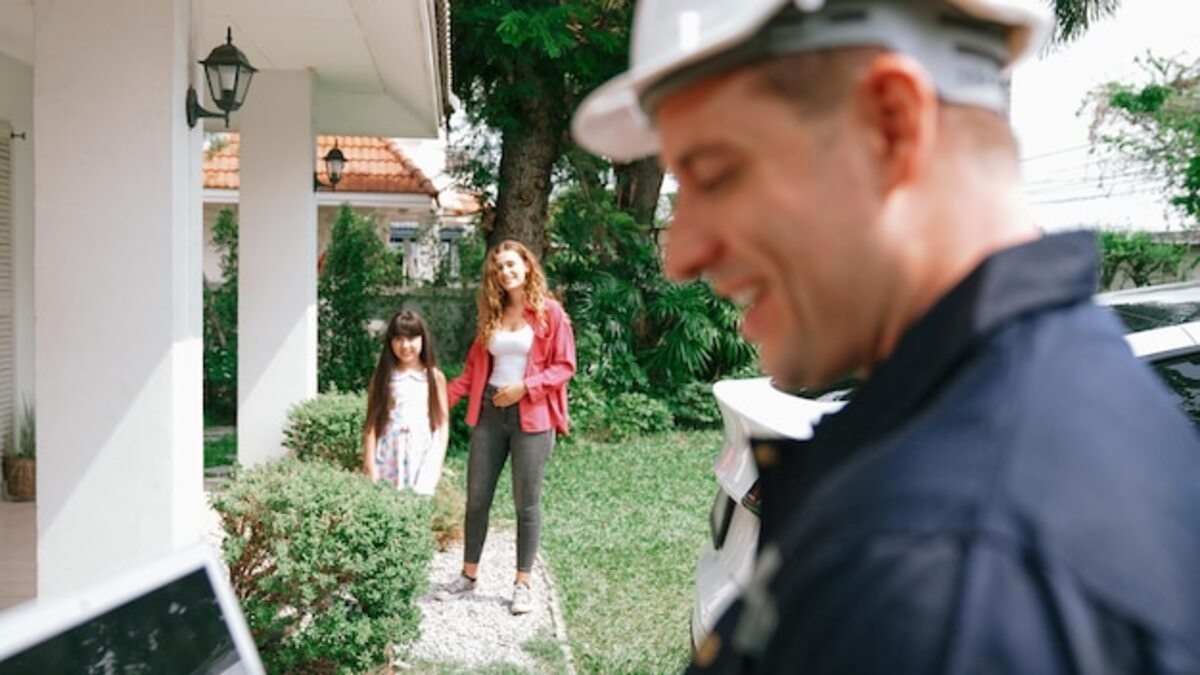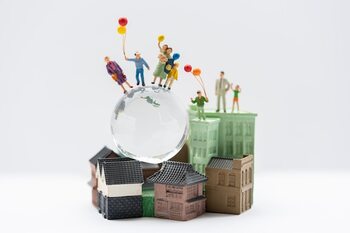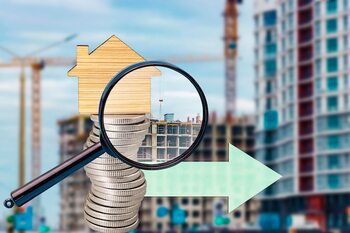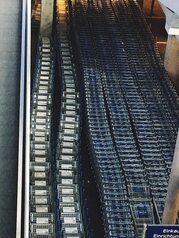The importance of neighborhood character in real estate appreciation

The importance of neighborhood character in real estate appreciation is a fundamental aspect that every investor or owner must consider. Perception and community atmosphere influence not only the quality of life but also property values. A neighborhood with vibrant character, safety, and nearby amenities can significantly enhance the appreciation of a property. In this article, we will explore how these factors determine real estate attractiveness, helping you make informed decisions to maximize your investment.
What defines the character of a neighborhood?
The character of a neighborhood is defined by a combination of factors that include local culture, the quality of services, and the interaction among its residents. A welcoming and friendly environment, where neighbors know each other and engage in community activities, creates a sense of belonging that attracts new tenants and buyers. Likewise, cultural diversity can enrich the spirit of the neighborhood, offering a variety of dining options, artistic events, and festivals that enhance its appeal. All of this not only improves the daily experience of its inhabitants but also contributes to elevating the perception of the place as a desirable destination to live.
Security is another crucial aspect in defining the character of a neighborhood. Well-maintained areas with low crime rates tend to foster trust among residents and potential buyers. The presence of active police patrols or community initiatives focused on improving safety can positively influence the overall perception of the neighborhood. Furthermore, having good schools and accessible recreational spaces also plays an important role; these elements not only make the place more attractive to families but also increase the perceived value of properties in that area. In summary, all these factors intertwine to shape a distinctive character that directly impacts real estate appreciation.
2. How security impacts real estate appreciation.
Safety is one of the fundamental pillars that determines real estate appreciation in any neighborhood. When an area is perceived as safe, it attracts a greater number of potential buyers and renters, which increases the demand for properties in that area. Families, in particular, seek environments where their children can play freely and feel protected. Furthermore, a neighborhood with low crime is often seen as more desirable, which can lead to a consistent appreciation in property values within that community.
On the other hand, the lack of security can have an immediate negative effect on the local real estate market. Areas with high crime rates tend to experience a decrease in their value, as both buyers and renters opt to seek safer alternatives. This not only affects individual properties but also the character of the neighborhood as a whole; a negative perception of safety can create a difficult-to-reverse downward cycle. Therefore, investing in community safety measures and fostering a safe environment not only benefits current residents but is also crucial for maintaining and increasing real estate appreciation in the long term.
3. The influence of nearby schools and services on property value.
Proximity to quality schools and essential services such as supermarkets, hospitals, and parks can have a profound impact on property value. Families seek neighborhoods where their children can easily access an excellent education, making properties located near well-regarded educational institutions more attractive to buyers. This interest in education not only translates into higher demand but can also lead to a significant increase in housing prices in those areas. Therefore, an environment with good schools not only benefits current residents but also acts as a magnet for future buyers.
In addition to schools, nearby services play a crucial role in the perception of the neighborhood. The availability of amenities such as shops, restaurants, and recreational spaces enhances the quality of life and fosters a sense of community among residents. A neighborhood well-equipped with these resources tends to attract more people, leading to increased competition for available properties and, consequently, raising their value. Investors should consider these factors when assessing the potential for real estate appreciation in different areas; an accessible and functional environment is undoubtedly a positive indicator for any residential investment.
4. Cultural trends and their effect on the real estate market.
Cultural trends play a crucial role in the real estate market, as they reflect the interests and values of society at a given moment. For example, the rise of remote work has led many people to seek housing in suburban or rural areas, where they can enjoy a quieter environment and outdoor spaces. This has increased the demand for properties in neighborhoods that offer these features, which in turn raises the value of those places. Investors must be attentive to these cultural changes to anticipate future trends and adapt their buying and selling strategies.
Moreover, communities that promote cultural inclusion, such as local festivals, farmers' markets, or artistic spaces, often attract new residents interested in a dynamic and diverse lifestyle. These types of activities not only enrich the daily experience of the inhabitants but also draw potential buyers who see that vibrant character as an added value. Therefore, the development of community initiatives can be a determining factor in increasing real estate appreciation, making the neighborhood more attractive both to new buyers and to those who already reside there.
5. The role of green areas and public spaces in valuation.
Green areas and public spaces play a crucial role in real estate valuation, as they are elements that contribute to both the well-being of residents and the overall perception of the neighborhood. Parks, squares, and gardens not only provide a space for leisure and recreation but also foster social interaction among neighbors. An environment with abundant green areas promotes a healthy lifestyle, which is highly valued by families and potential buyers, thus increasing the appeal of nearby properties. Moreover, the presence of well-maintained public spaces can indicate the commitment of the community and local government to sustainable urban development. Investments in green infrastructure often translate into greater appreciation, as these areas can also serve as focal points for community activities, events, and festivals. Consequently, a neighborhood that prioritizes its public spaces tends to attract not only new residents but also investors interested in properties with long-term potential.
6. Strategies for evaluating a neighborhood before buying.
When evaluating a neighborhood before making a purchase, it is crucial to observe aspects such as infrastructure and available services. Research the proximity to schools, hospitals, parks, and shopping centers, as these elements not only enhance quality of life but also directly impact the resale value of the property. Additionally, consider the condition of access roads and public transportation; a well-connected neighborhood tends to be more attractive to future buyers and renters.
Another fundamental aspect is to analyze the social and cultural environment of the area. Visiting the neighborhood at different times of the day and during weekends will allow you to gain a clearer insight into the community dynamics. Observe if there are local activities, cultural events, or public spaces where residents interact with each other. A friendly and active environment can be indicative of a cohesive community that helps maintain or increase real estate value over time.
7. Success stories: Neighborhoods that have seen a notable increase in their property value.
One of the most notable cases in terms of increased property value is the neighborhood of Williamsburg in Brooklyn. This area, which a few years ago was known for its industrial atmosphere and a predominantly working-class population, has undergone an impressive transformation. The arrival of new art galleries, high-end restaurants, and recreational spaces has attracted a younger, more professional crowd. As a result, property prices have risen considerably, making Williamsburg one of the most sought-after places to live in New York. This metamorphosis has not only increased real estate value but has also improved the quality of life for its residents.
Another notable example is the Silver Lake neighborhood in Los Angeles. Originally known for its bohemian community and cultural diversity, Silver Lake has seen a significant boom thanks to investment in infrastructure and community services. The creation of renovated parks, artisanal cafés, and local markets has driven interest from both buyers and renters. This has not only increased property values in the area but also strengthened the sense of community among residents. These cases demonstrate how a vibrant and active neighborhood character can be a catalyst for economic and real estate growth, highlighting the crucial importance of the community environment in real estate market valuation.



